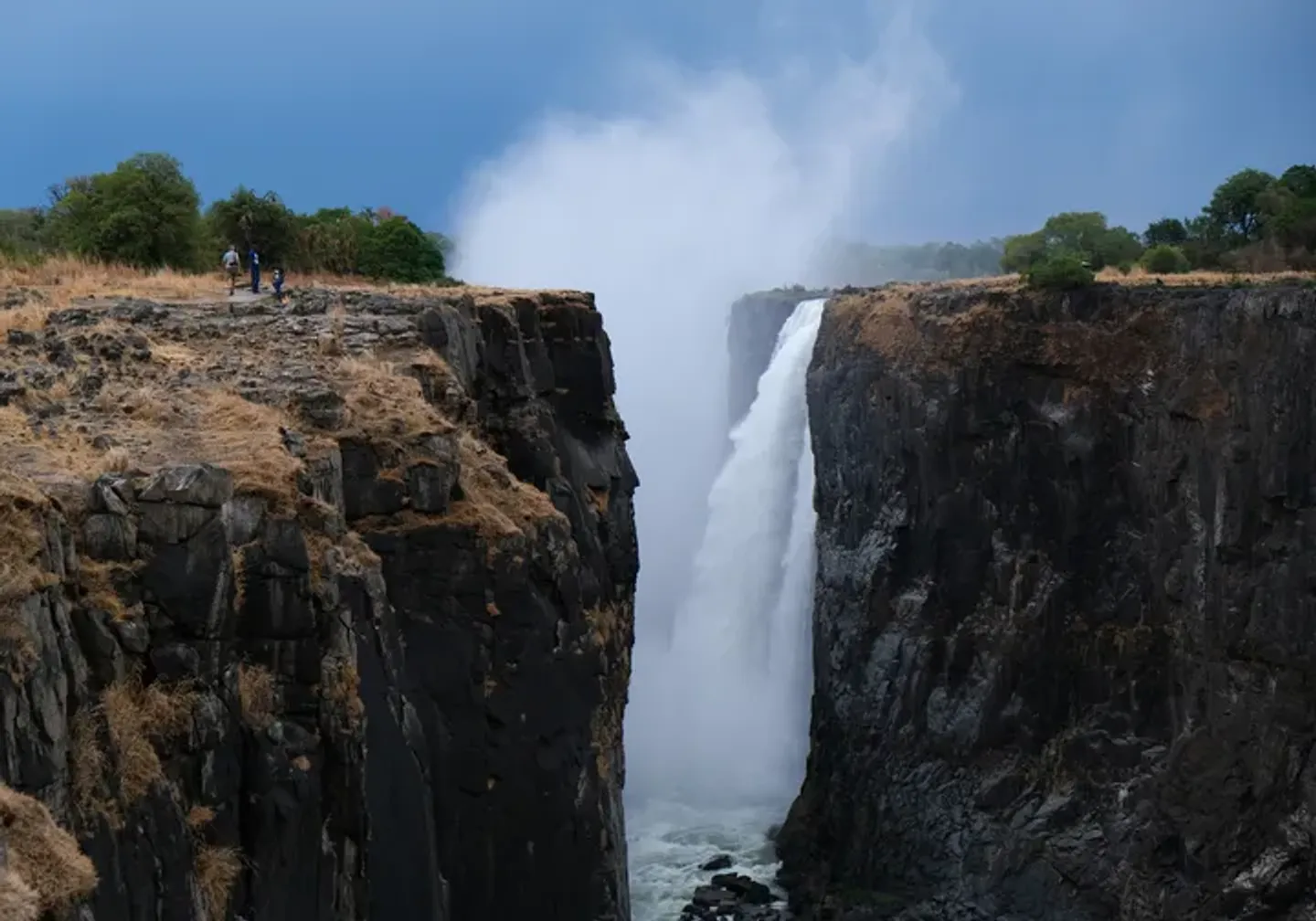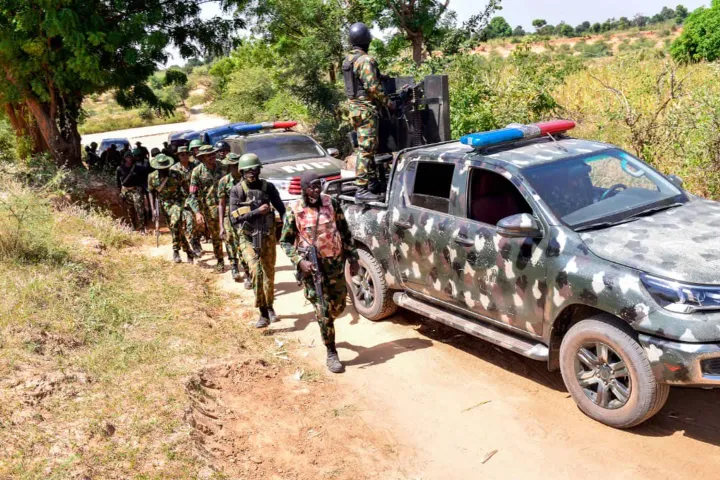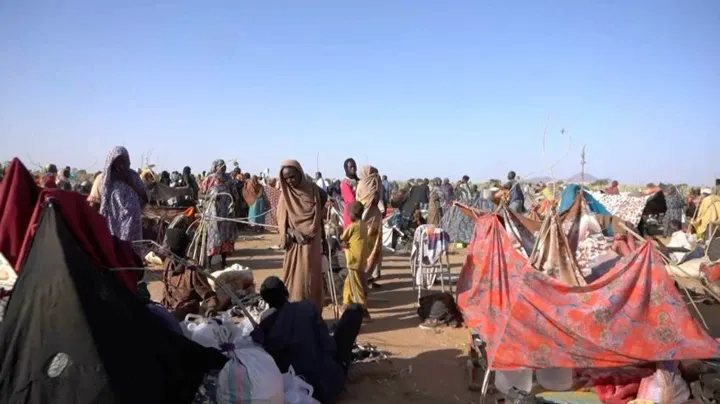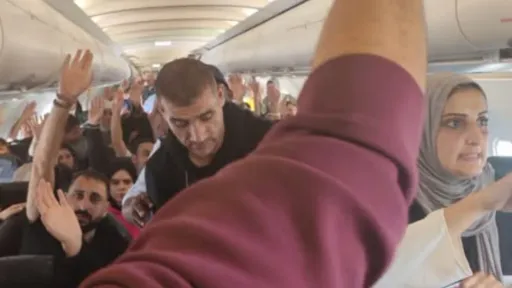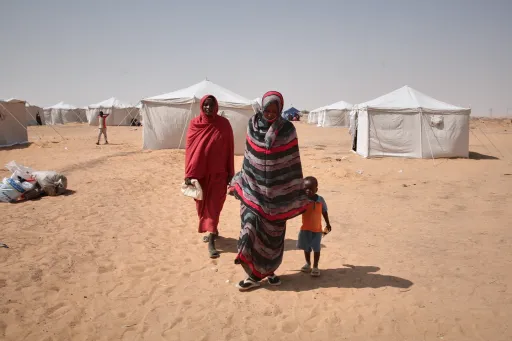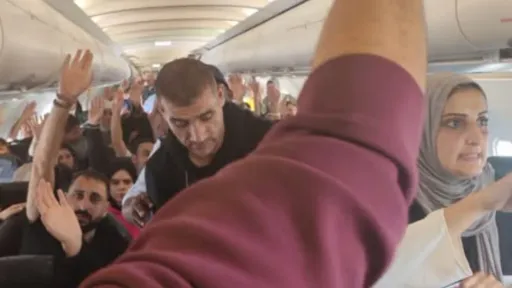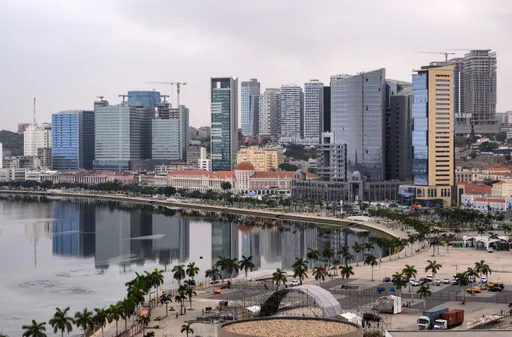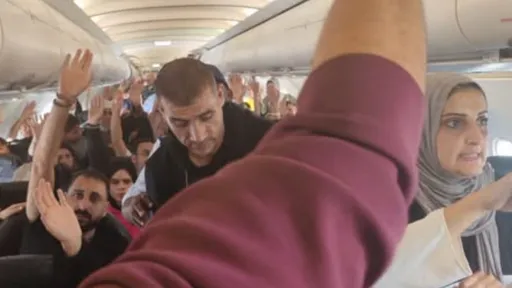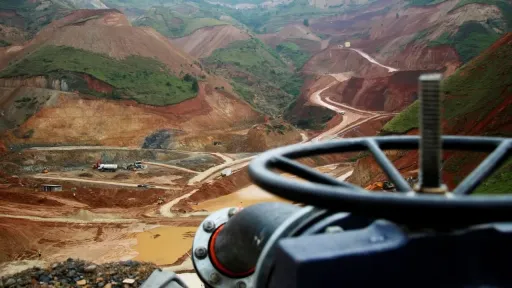November 16 marks 170 years since Scottish missionary David Livingstone first laid European eyes on the magnificent waterfall straddling the border of Zimbabwe and Zambia, an event long described as the “discovery” of Victoria Falls.
Did he really discover it, though?
Similar to Christopher Columbus being credited for having “discovered” America in the 15th century, also in Africa, the area was familiar to and inhabited by local communities for centuries before Livingstone’s arrival.
They had known the site as Mosi-oa-Tunya, meaning “The Smoke That Thunders”.
Recognised as one of the seven natural wonders of the world and designated a UNESCO World Heritage Site in 1989, the falls draw millions of visitors each year, but for locals, its significance runs far deeper than tourism.
When Livingstone arrived on November 16, 1855, he is said to have written in his journal: “Scenes so lovely must have been gazed upon by angels in their flight.”
But while he marvelled at the falls, the people who had lived beside them for centuries had already named and revered them.
But Livingstone later justified renaming it: “Being persuaded that Mr Oswell and myself were the very first Europeans who ever visited the Zambezi in the centre of the country… I decided … to use the same liberty as the Makololo did and gave the only English name I have affixed to any part of the country.”
Livingstone was referring to William Cotton Oswell, a British explorer who travelled with him, and the Makololoa people of southern Africa who served as his guides.
So the name “Victoria Falls”—after Queen Victoria—was announced to the world, even while Livingstone recorded the indigenous name.
Naming, clearly, is never neutral.
“Naming is political, even when it is presented as a technocratic detail. Every name has a logic and a power structure behind it,” says political geographer Ekaterina Mikhailova.
Who gets to define discovery?
Today, the anniversary reignites contested questions about who gets to define discovery, and why one of Africa’s greatest natural wonders still bears the name of a British queen rather than a name given to it by the people who lived beside it for centuries.
“It’s colonialism. Livingstone wanted to appease Queen Victoria,” Dr Chipo Dendere, a Zimbabwean political scientist and scholar, tells TRT World.
“It’s taken [away] a lot of the sense of ownership that locals had,” Dendere says, commenting on the fallout on local communities and their cultural heritage.
Dendere explains that while there are no latest official government efforts to rename the falls, she has noticed a growing trend among Zimbabweans to use the original name, Mosi-oa-Tunya, in everyday speech.
“Not to rename officially,” she says, “but I have seen locals using the original names more often.”
Her comments echo a wider sentiment expressed online, where users have pointed out that Livingstone’s so-called “discovery” ignored the earlier presence of the Lozi and Tonga peoples who had lived in the region for generations.
The renaming debate is not purely symbolic.
A 2014 tourism‑industry article reported that when Zimbabwe’s ruling party proposed renaming the falls officially to Mosi‑oa‑Tunya; some industry players resisted, citing the cost of rebranding and concerns over recognisability for foreign tourists.
Scholars of critical toponymy argue that colonial place names were an instrument of erasure and control.
They say that name‑giving is “part of how the symbolic and material order is produced and reproduced, serving as a way of normalising or legitimating dominant power relations.”
Not Isolated
The story of Victoria Falls isn’t isolated.
In East Africa, Lake Victoria was named by British explorer John Hanning Speke in 1858 after Queen Victoria, yet the local Baganda name is Nnalubaale, which means “mother of guardian gods”, and the Luo name is Namlolwe, which means “endless lake”.
Lake Albert on the Uganda-Democratic Republic of Congo border was originally called Mwitanzige (“the lake that defeated the locusts”) by local groups, but was renamed after Prince Albert.
Still, amid the tension between heritage and commerce, there are reasons for hope.
Further away in Australia, Aboriginal communities have been pushing for the renaming landscapes, some of which have had overtly racist and colonial names. Now, many of the indigenous place names have been restored.
In Africa, the direction could soon be similar.
“It’s difficult,” Dendere admits, “but there is a lot of local effort. A local chief in Victoria Falls runs a tour after the visits to the falls to educate people more about the landmarks and other parts of local culture. I think that’s very good.”
This highlights a quiet but powerful movement of reclaiming cultural identity not through confrontation, but through education and daily language.
November 16th may serve as a convenient anniversary marking the moment a European named the Mosi-oa-Tunya. But it should not obscure the far deeper history of the land, its people, and how the world remembers and names one of its greatest natural wonders.
